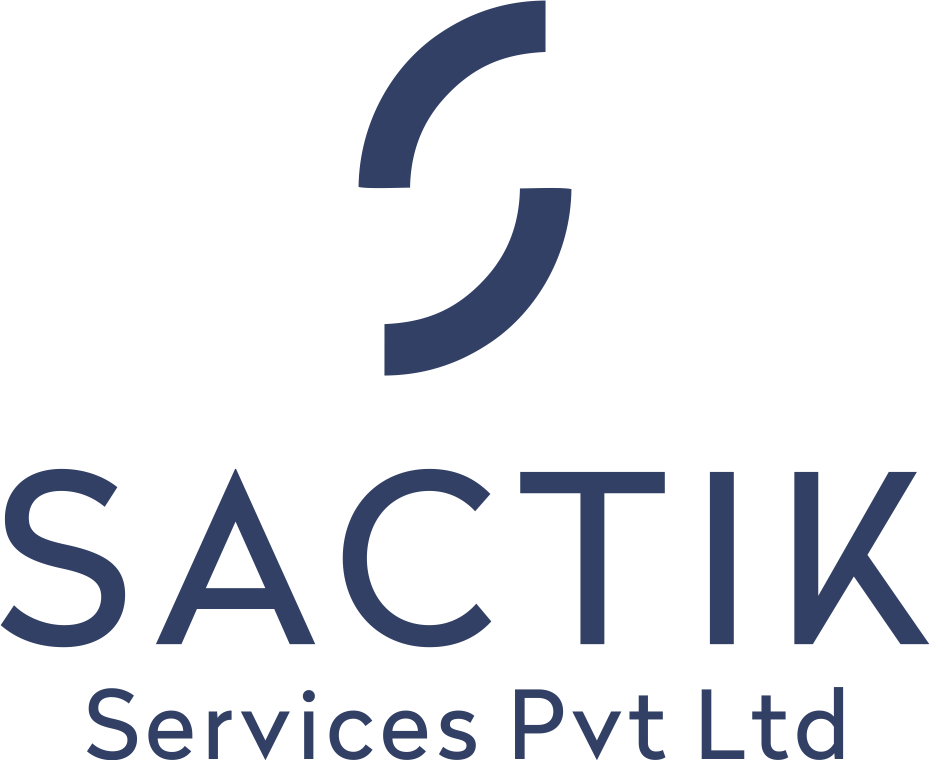Selecting the right BIM partner is pivotal to the success of your construction project. Imagine you are a real estate developer planning a high – rise residential complex that requires intricate BIM models for architectural and structural design, MEP coordination and clash detection. It is likely that if you select a BIM Service Provider randomly, they may overcharge you, be unresponsive, be inflexible with revisions, or even worse, deliver an inaccurate and poorly drawn BIM model. These problems could result in significant financial costs and prolonged delays on construction sites.
To avoid encountering such issues, this article will provide you with the knowledge and insights necessary to make an informed decision when choosing your BIM partner. We’ll explore:
By investing time and effort in selecting the right BIM partner, you can ensure a smoother project workflow, enhanced communication, better decision-making, and ultimately, a successful project outcome.
The crucial factors to consider during your evaluation process
1. Experience and Expertise
- Relevant Experience: Look for a BIM partner with a proven track record in projects similar to yours in terms of size, complexity, and industry.
- Technical Skills: Ensure the partner has expertise in the specific BIM software and tools you plan to use.
- Certifications: Check if the partner and its team members have relevant BIM certifications (e.g., ISO 19650, Autodesk Certified Professional, etc.).
2. Collaborative Approach
- Communication: Effective communication is key. The BIM partner should be responsive, transparent, and able to clearly explain technical details.
- Teamwork: Assess their ability to collaborate with your in-house team, architects, engineers, and other project stakeholders.
- Workflow: Ensure their workflow aligns with your project timeline and deliverables.
3. IT and Technology
- Software Compatibility: Confirm that their BIM software is compatible with your existing systems to avoid data exchange issues.
- Hardware Capabilities: Ensure they have the necessary hardware and infrastructure to handle large BIM models efficiently.
- Data Security: Verify their data security protocols, to protect your sensitive project information. Make sure you sign a Non-Disclosure Agreement (NDA) with the BIM Service Provider.
3. Cost and Value
- Pricing Model: Understand their pricing structure (hourly rate, fixed project fee, etc.) and ensure it aligns with your budget.
- Value Proposition: Look beyond the price and consider the value they bring in terms of expertise, efficiency, and potential cost savings over the project lifecycle.
4. Additional Considerations:
- Scalability: Ensure they have the capacity to scale their services as your project needs evolve.
- Innovation: Look for a partner who embraces new BIM methodologies and plugins to keep your projects at the forefront of the industry.
Red flags to watch out for
1. Unclear Communication:
If a potential partner is unclear or hesitant about their processes, methodologies, or deliverables, it could indicate a lack of transparency in the organization.
2. Lack of Relevant Experience:
If a partner doesn’t have a proven exceptional performance history with projects similar to yours in terms of scale, complexity, or industry, they might not be equipped to handle your specific requirements. To avoid these cases, one must conduct a thorough background check by going through their portfolio, website and references too.
3. Resistance to Collaboration:
If a partner seems unwilling to integrate with your existing team, tools, or workflows, it could lead to communication breakdowns and inefficiencies.
4. Unrealistic Promises:
Be wary of partners who overpromise results, timelines, or cost savings without providing concrete evidence or a clear plan. For example, some agencies offer services at discounted rates without providing verifiable evidence of their capabilities. Additionally, unrealistic project timelines are often proposed, promising expedited delivery without corresponding feasibility. These tactics are frequently employed to secure contracts.
5. Outdated Technology or Limited Software Proficiency:
If a partner isn’t up to date with the latest BIM software or lacks proficiency in the tools you prefer, it could hinder the project’s efficiency and quality.
6. Insufficient Data Security Measures:
If a partner doesn’t have robust data security protocols in place, your project data could be at risk of unauthorized access, loss, or corruption. Check for a sophisticated server infrastructure that is essential to safeguard against cyberattacks, regardless of security protocols. Reluctance to enter into a Non–Disclosure Agreement can be a huge red flag.
7. Unclear Pricing or Hidden Fees:
Unclear or opaque pricing structures, including hidden fees, can lead to unexpected costs and budget overruns for clients. To mitigate this risk, clients should request a detailed fee breakdown and verify that all project components are included. Any services not explicitly outlined in the initial agreement should not be subject to additional charges.
How to establish a successful and collaborative partnership?
1. Clear Communication and Expectations:
- Communicate clearly using diverse channels such as emails, group chats and video conferences on professional platforms such as MS Teams or equivalent, etc., ensuring everyone understands using a common language.
- Define and document each partner’s responsibilities, deliverables, and timelines.
- Utilize collaboration tools like BIM 360 for seamless collaboration, document sharing, and model coordination.
2. Alignment of Goals and Objectives:
- Develop a shared vision of project goals and desired outcomes, adhering to local building codes and regulations.
- Set realistic expectations for milestones, considering local labour, material availability, and regulatory timelines.
- Periodically review progress to ensure alignment with project goals and address any deviations.
3. Trust and Transparency:
- Foster trust through open dialogue and transparency regarding project challenges, concerns, and progress.
- Share project data openly while maintaining confidentiality of sensitive information in this competitive industry.
4. Continuous Improvement and Learning:
- Regularly evaluate project performance and identify areas for improvement.
- Facilitate knowledge sharing and invest in training to enhance BIM skills, especially for local teams.
5. Conflict Resolution:
- Establish a clear conflict resolution process, potentially involving 3rd party mediation, to achieve win-win solutions.
In conclusion, choosing the right BIM partner is a strategic decision for the success of your construction project.
A thoughtful selection process, considering factors like clear communication, shared vision, adaptability to local conditions, and a commitment to continuous improvement, can pave the way for a fruitful collaboration.










